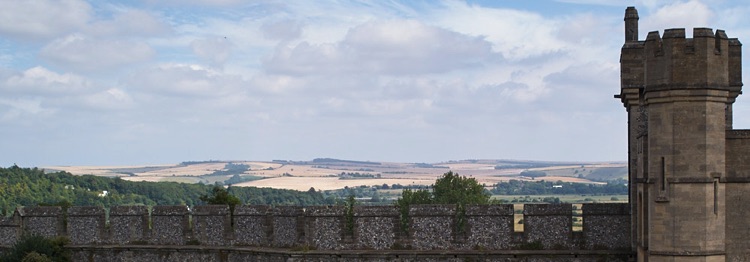1386
Year
The French Invasion of England
Event
French Preparations
In 1386 the French made preparations to invade England. The invasion was funded through the imposition of high taxes, with some nobles taxed for up to a quarter of their wealth. Much of the invasion expense was consumed in the extravagant outfitting of the fleet. Artists were in short supply as French nobles competed to decorate their ships with coats of arms, silken banners and gilded masts. Copious amounts of food are provisioned including salted meats, oats, salt, onions, wine-vinegar, biscuits, flour, fats, garlic, peas, beans, olives, barley, wine and barrels of beaten egg-yolks.
The fleet was assembled in Sluys, where Dutch mercenaries were hired for the fighting. In his chronicle, Froissart reports that the French were so confident of their preparations that they considered the English already crushed, with the men as good as dead and the women their slaves.
English Preparations
The council of King Richard II prepared for the invasion by raising an army of ten thousand men at arms and thousands of archers. Commissioners of Array were appointed to raise militias in all the coastal counties. All the coastal garrisons are manned. Lookout posts are established and additional barricades erected. Ironically some of the barricades were constructed out of French wine barrels filled with sand. The english plan was to allow the French to march inland for 3 or 4 days and then destroy the french supply ships. The French would be confronted in battle when their provisions ran low.
Sir Edward Dallingridge, was the commissioner of array for Sussex and in respect of his servce to the King and due to the threat of French invasion, Richard granted Sir Edward a license to crenelate his manor house. In 1385 Sir Edward commenced work on Bodiam castle.
The Invasion
The French invasion fleet set out, but bad weather dispersed the fleet. A number of French ships were driven to the English coast where they were captured. The survivors of the French fleet, suffering from sea-sickness, and perhaps indigestion, returned to Sluys. Another invasion could not be attempted as it was too late in the year and the weather would continue to be a key factor.

Sussex Timeline


